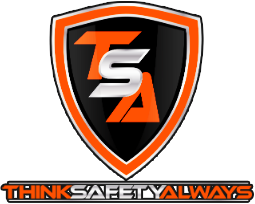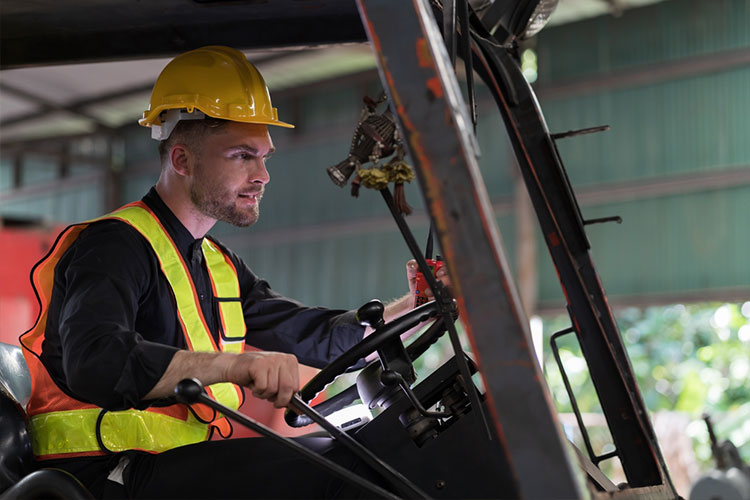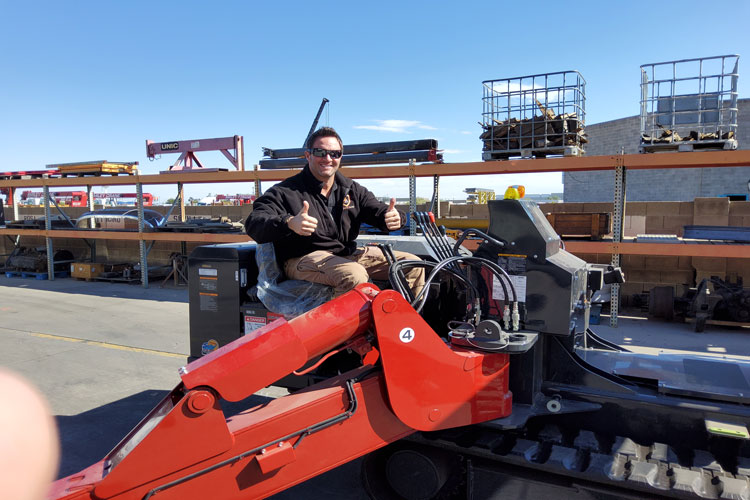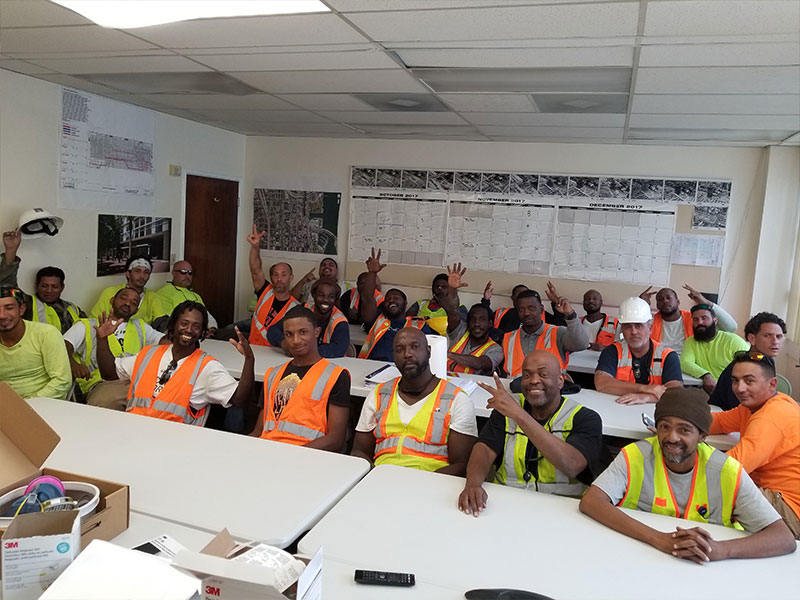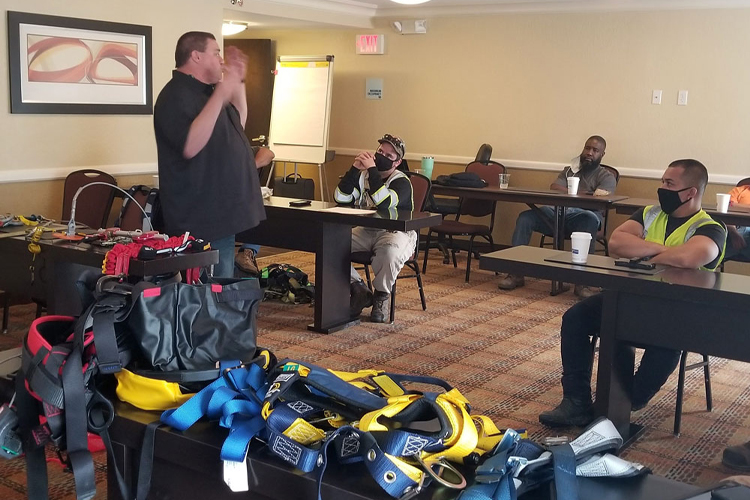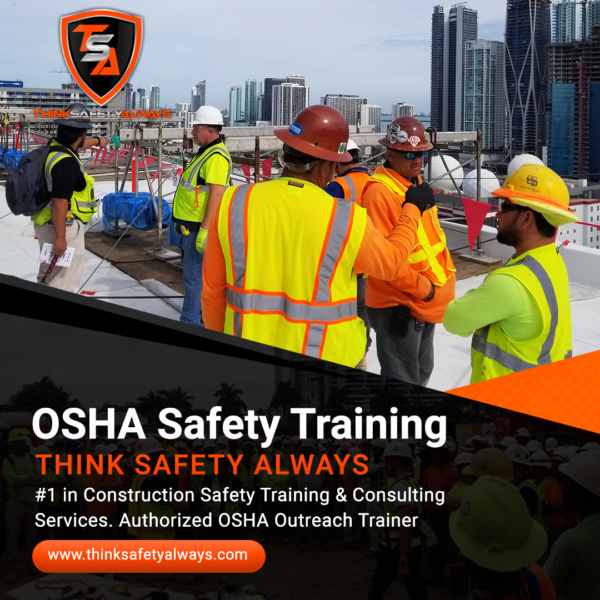Operating a forklift may seem routine to seasoned warehouse workers, but one small mistake can lead to major consequences. From overturned equipment to injured pedestrians, forklift accidents are among the most common and costly incidents in material handling environments.
That’s why OSHA mandates proper training and certification for all powered industrial truck operators. But beyond regulation, forklift safety training is about creating a workplace where awareness, confidence, and caution come together to prevent disaster.
What OSHA Requires for Forklift Operators
OSHA’s standard 1910.178 outlines clear requirements for training, evaluation, and certification of forklift operators. These include:
Formal instruction (classroom or online)
Practical training (hands-on experience)
Evaluation of operator performance in the workplace
Employers must ensure operators are trained before being assigned to a forklift and retrained every three years—or sooner if there’s an incident, unsafe behavior, or a new type of truck introduced.
Common Causes of Forklift Accidents
Even with training in place, accidents still occur. The leading causes include:
Driving too fast or making sharp turns
Poor visibility
Overloading the forklift
Lack of awareness of pedestrian traffic
Failure to inspect the equipment before use
These incidents can cause injuries not only to the operator but also to nearby workers, creating a ripple effect of downtime, liability, and potential OSHA penalties.
Training for Real-World Situations
Effective forklift safety training goes beyond the basics of controls and load limits. It should also teach:
How to handle ramps and uneven surfaces
Communication techniques between drivers and floor staff
Emergency procedures
Daily inspection routines and checklists
Operators should leave training confident in their skills and aware of the responsibilities that come with the job.
Promoting a Culture of Accountability
Creating a safer workplace isn’t just the job of the forklift driver. Everyone in the facility—managers, pedestrians, warehouse staff—should be informed about forklift zones, traffic rules, and signage.
Regular refresher courses, safety drills, and open communication help maintain high safety standards. Reinforcement matters just as much as initial training.
Think Safety
Think Safety is committed to helping companies meet and exceed OSHA forklift safety requirements. Our in-depth training programs are tailored to real-world challenges, delivered by experienced instructors, and focused on building long-term safety habits. From certification to re-evaluation, we partner with you to make forklift operation as safe and efficient as possible. Call 786-683-4141
